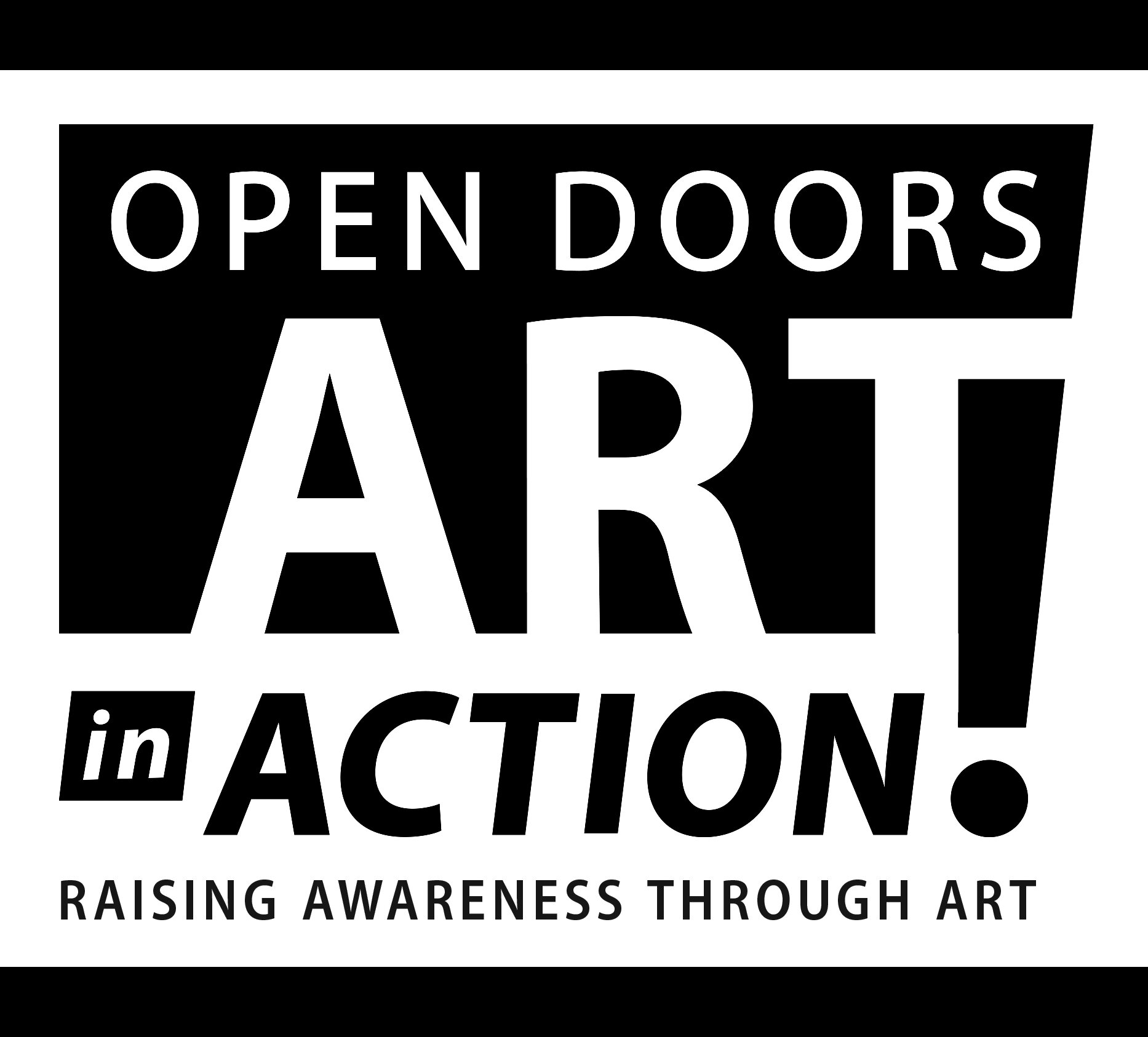Between Two Edges: Intersecting Cultural Identities
Three related bodies of work by Debra Edgerton, MFA
Online: Matsuri, and By the Grace of God
Gallery: Kakejiku (hanging scrolls)
FEBRUARY 1 — MAY 15, 2022
Introduction
— by Alan Petersen, Fine Arts Curator, Museum of Northern Arizona
We know our society and our place in it through the stories that we hear, see, and relate to others – flowing in multiple threads among our friends, families, and strangers. Our cultural identity is established through collective memory and the stories that keep those memories present. Listeners become participants in that reality. Through stories, a society is living and visible to itself and others. Woven through American cultural identity, for example, are stories about George Washington, Pecos Bill, and Brer Rabbit. All cultures have their own stories of emergence and identity.
In the telling of a story, whether it is verbal, written or visual, the past is renewed and made present. Often linked with ceremonies and rituals, the experiential nature of stories merges past, present, future, place, self, and society.
As the daughter of parents from very different cultures (African-American and Japanese), Debra Edgerton has sought to understand and embrace the traditions of her parents, while seeking commonality and personal meaning. In her artistic exploration to do so, she has delved into the rich cultural legacy of her African-American, and Japanese heritage. The result of her inquiry is a rich synthesis of stories, and visually exciting works.
Select the images below to open the Matsuri, and By the Grace of God galleries.
Online
In the Gallery
Kakejiku
Kakejiku (hanging scrolls) are a traditional Japanese medium for visual storytelling. Edgerton’s kakejiku, with Japanese and African handmade papers as their foundation, integrate the seemingly disparate traditions of her mother (Japanese) and father’s (African-American) heritage; synthesizing elements of both cultures. Further inspired by the mythic nature of the ancient rock art found on the Colorado Plateau, Edgerton created a visual language to tell the story of the young woman Kawarimono and her own personal search for cultural identity and Self.
While Edgerton’s kakejiku convey her respect for the traditions of her parents, they also relate passages of her story, Between Two Edges, in a non-linear and archetypal manner. Between Two Edges is written in the form of a mythic folk tale and is, to a degree, autobiographical. The story follows Kawarimono and her journey to find her true self. In the course of her journey Kawarimono encounters archetypal settings and individuals who guide her toward self-realization. In addition to telling the story, the kakejiku are poetic expressions of Edgerton’s search for Self and the synthesis of cultural elements that contribute to her being. Like her rich cultural heritage, the kakejiku integrate materials and ideas from disparate sources (Africa, Japan, the Colorado Plateau), and create images of beauty, unity and solidarity.
“Trust that which gives you meaning and accept it as your guide.” — Carl Jung



